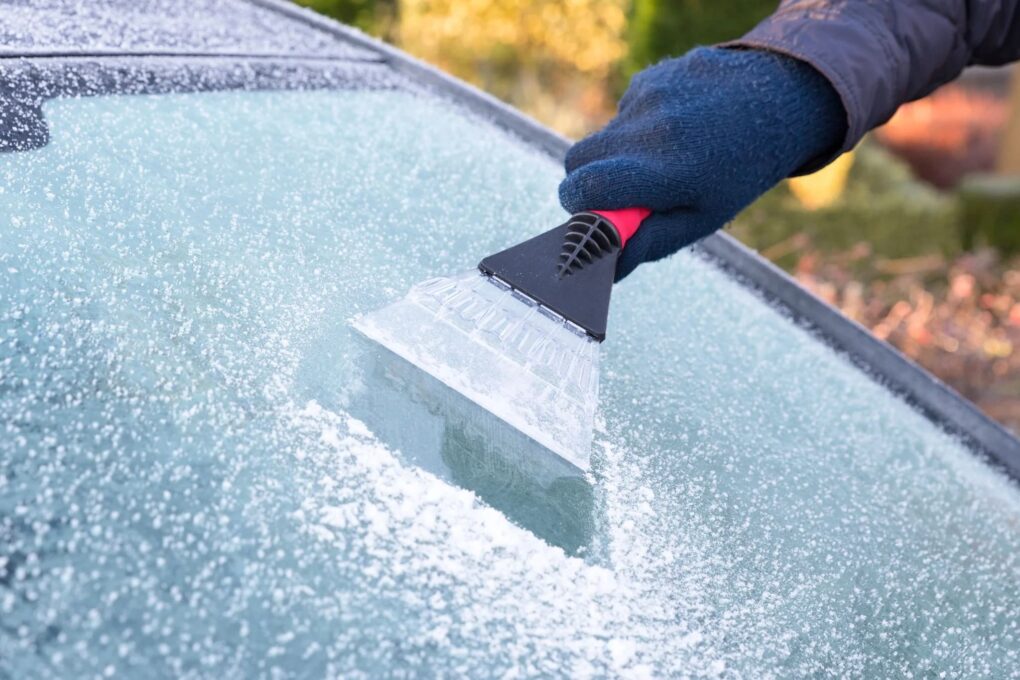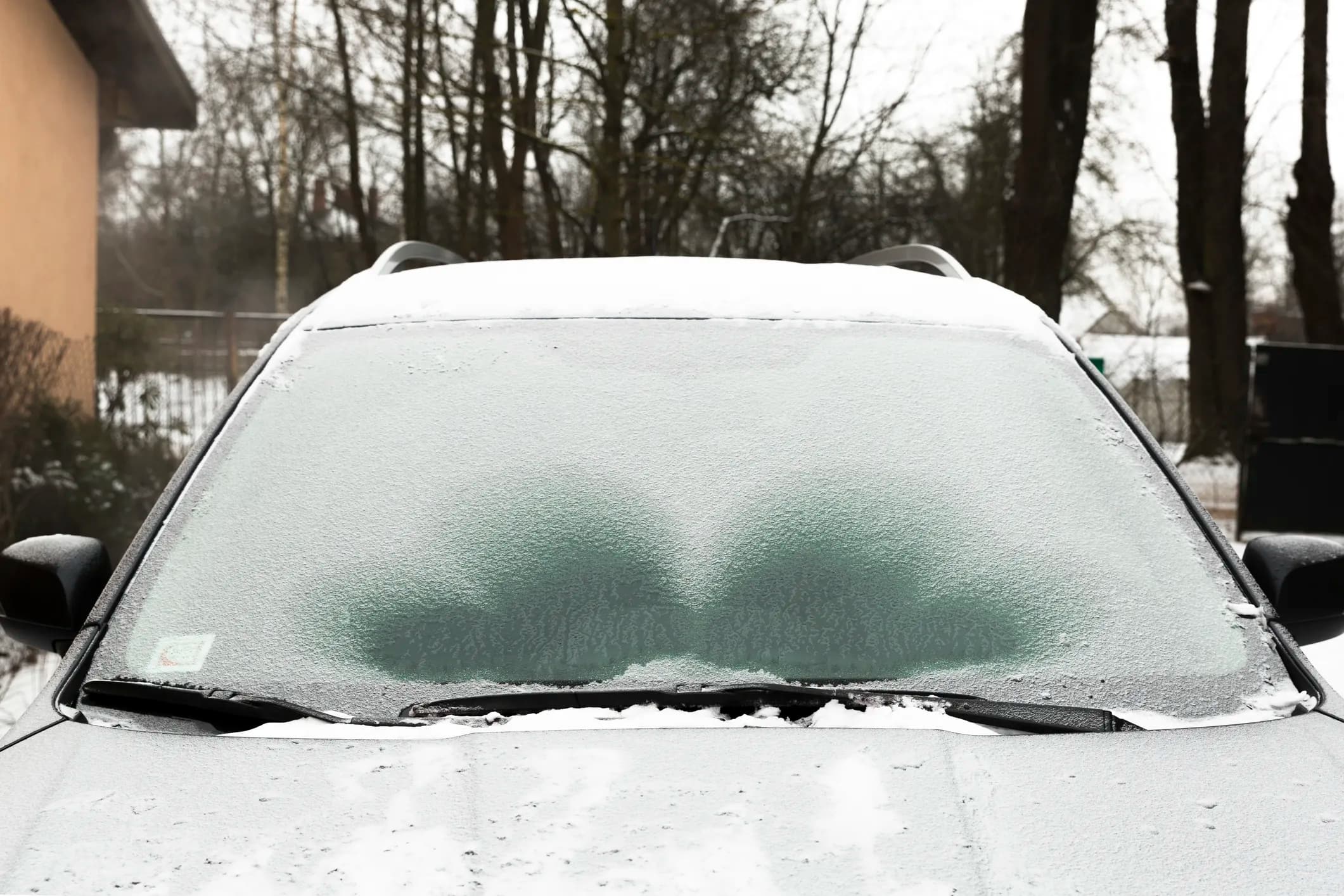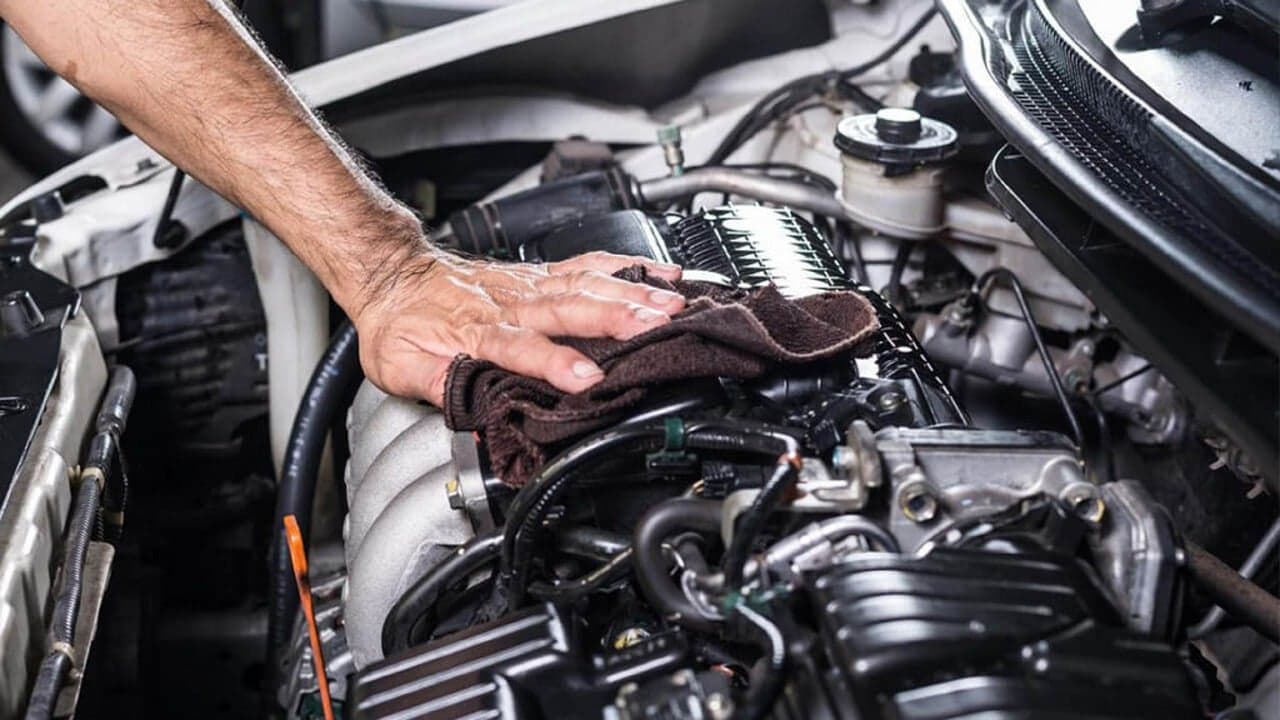During winter, maintaining the condition of your car’s windshield becomes crucial to ensure visibility and safety. This guide provides practical advice on preventing cracks and managing ice build-up, suitable for any driver looking to protect their vehicle during cold months.
Check Glass Integrity
Inspecting your windshield for minor damages before winter is essential, as temperatures below 0°C can exacerbate any existing small cracks or chips. Automotive glass specialists recommend repairs when damage is detected to prevent further deterioration due to frost and moisture penetration, which statistically increase the risk of significant cracking by 60%.
A routine professional evaluation can prevent minor issues from becoming severe, potentially saving costs related to complete windshield replacement, which can average between $200 to $400 depending on the vehicle model.
Properly Warm Up Your Vehicle
Gradually heating your vehicle helps avoid sudden thermal stress on your windshield that can lead to cracking. Start the defroster at a low setting and slowly increase the heat, which allows for a uniform temperature distribution across the glass, minimizing the risk of thermal shock.
Letting the vehicle warm up for approximately five minutes with a gentle heat increase is recommended for optimal defrosting without causing damage to the windshield.
Do Not Pour Hot Water
Applying hot water to a cold windshield causes rapid thermal expansion, which can lead to glass damage. Instead, use safer methods to de-ice your windshield.
- Lukewarm water can serve as a gentle alternative if immediate clearing is necessary.
- Commercial de-icer sprays are designed to melt ice quickly without compromising the integrity of the windshield.
- A homemade solution of three parts vinegar to one part water can prevent ice formation if applied the night before.
- Use a plastic ice scraper designed for automotive glass to avoid scratches and potential damage from metal tools.
These methods ensure effective de-icing without causing damage to the windshield, facilitating safer winter driving conditions.
Wipe the Windshield Wiper Blades
Clean and functional wiper blades are essential for maintaining clear visibility during adverse weather conditions. Regular maintenance of the blades can prevent ice from accumulating and scraping the glass.
- Inspect wiper blades for damage regularly and replace them if they show signs of wear or damage.
- Clean the blades with a solution of warm water and vinegar to remove any residue and reduce the likelihood of ice buildup.
- Lifting the blades from the windshield surface when parked overnight prevents them from freezing to the glass.
- Consider investing in winter-specific wiper blades that are equipped with rubber covers to withstand lower temperatures and ice.
Proper care of wiper blades contributes significantly to the longevity and effectiveness of your windshield during winter.

Park Your Car Properly
The location where you park can significantly impact your windshield’s exposure to the elements. Protective measures and strategic parking can reduce the risk of winter damage.
Parking in a covered area, such as a garage, is ideal to avoid direct exposure to freezing temperatures and ice accumulation. If a covered parking spot is not available, using a windshield cover can provide similar protection against the elements. Such covers are typically available for between $10 and $50, depending on the material and brand.
Common Questions Answered
1. How often should I check my windshield for damage?
It is recommended to inspect your windshield regularly, at least once a month, and more frequently as temperatures begin to drop. Look for any chips or cracks, as these can worsen quickly in cold weather. Prompt attention to repairs can prevent further damage and potentially costly replacements.
2. Can I use regular household vinegar to de-ice my windshield?
Yes, you can use a solution of three parts white vinegar to one part water as a preventative measure. Spray it on your windshield in the evening during freezing conditions to help prevent ice formation overnight. However, do not use vinegar on glass that is already frozen as it may not effectively melt the ice and could cause damage in extreme cold.
3. What is the safest way to remove ice from my windshield?
The safest way to remove ice is to use a plastic ice scraper and a de-icing spray. Start your car and allow it to warm up with the defroster on low to soften the ice. Never use metal tools or hot water to remove ice, as these methods can damage the windshield.
4. Are there any special types of windshield wipers for winter?
Yes, there are windshield wipers specifically designed for winter use. These wipers have a rubber cover over the metal parts to prevent ice from building up on the blade itself, allowing for better contact with the glass and more efficient removal of snow and ice.
5. How can parking affect my windshield in winter?
Parking in a garage or under a carport is ideal to protect your windshield from the elements. If that’s not possible, using a windshield cover can also protect against ice and snow buildup. Try to avoid parking under trees as falling branches can cause damage, and keep your wipers lifted off the glass to prevent them from freezing to the windshield.



